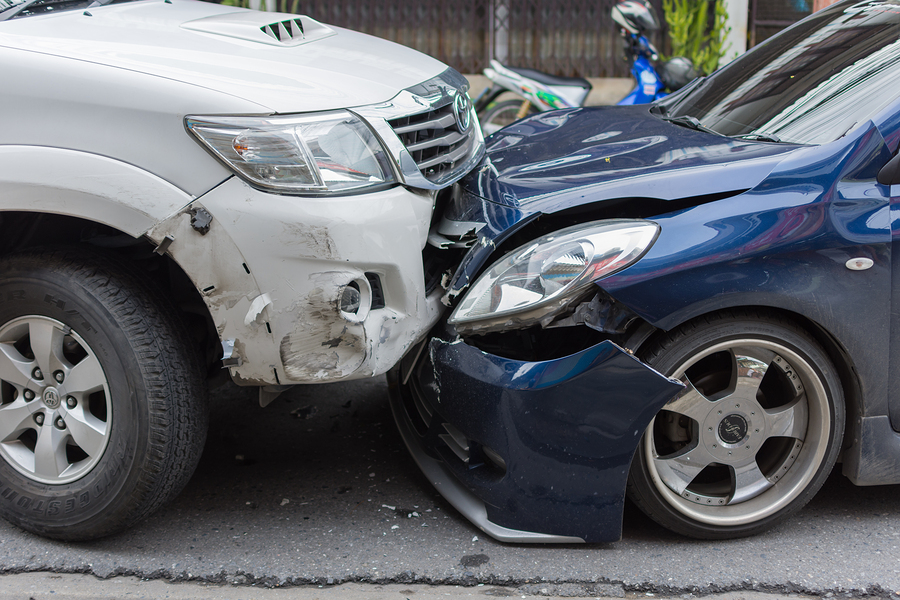Contact Us
Archives
Categories
- Corporate and Business Tax
- Small Business
- Tax Incentives
- Taxation
- Human Resource Department
- Non-exempt employees
- Horse Racing
- Horseracing Integrity and Safety Authority
- Employment Law
- Healthcare Regulation
- Hospitality and Tourism Law
- Income Tax
- Kentucky general assembly
- Legislation
- Legislative Developments
- Alcoholic Beverage Control Laws
- Hospitality
- Estate Planning
- Lease
- Small Claims
- Tenant
- Agriculture
- Banking
- Hemp
- Defense Attorneys
- Family Businesses
- Federal Election Campaign Act
- Insurance Defense
- Political Action Committee (PAC)
- Department of Labor ("DOL")
- Fair Labor Standards Act (FLSA)
- Equine law
- Kentucky Equine Liability
- House Bill 33
- Legal Insight and Litigation
- Bankruptcy
- Academy of Model Aeronautics
- Drones
- FAA Modernization Act of 2012
- Small UAS Rule
- Bad Faith Claims
- Insurance Coverage
- Kentucky Motor Vehicle Reparations Act
- Kentucky No Fault Insurance
- Mediation
- Mediation Services
- Personal Injury Protection
- Magnuson-Moss Warranty Act
- Warranty
- Corporate
- Diversity
- Dog owners
- Landlord
- Litigation
- Malicious Prosecution
- Municipal Liability
- Real Estate Law
- Business Entities
- Business Formation and Planning
Kentucky Motor Vehicle Reparations Act: The Basics
Sometimes referred to the “No-Fault Act,” the Kentucky Motor Vehicle Reparation Act (“MVRA”) was enacted by the General Assembly in 1974 and ushered in great change in the Commonwealth’s motor vehicle insurance law. The MVRA, which is codified at KRS 304.39, consists of two main components: basic reparation benefits (“BRB”) and tort limitations. Below, some of the key tenets of each component are discussed.

Basic Reparation Benefits (“BRB”)
The general rule of the MVRA is that every person, with a few exceptions, suffering economic loss (medical expense, work loss, replacement services loss, and, if injury causes death, survivor’s economic loss and survivor’s replacement services loss) from a bodily injury arising out of the maintenance or use of a motor vehicle is entitled to BRB benefits. These benefits are often referred to as personal injury protection, or PIP. Hence, except for state and federal governments and subdivisions thereof, every owner of a motor vehicle registered or operating in Kentucky must continuously provide security (in the form of self-insurance or by qualifying as a self-insurer) for the payment of BRB. The maximum amount of BRB payable to one person for injuries suffered in one accident is $10,000. KRS 304.39-020(2). It should be noted that insurers are also required to offer added reparation benefits (“ARB”) in specified amounts.
Often, there arises a question concerning which insurer pays BRB. If the injured party is the operator or occupant of an insured vehicle at the time of an accident causing injury, answering the question is easy. The insurer of the vehicle being operated or occupied is responsible for the BRB payments. Similarly, a pedestrian who is struck by an insured vehicle, is entitled to recover from the vehicle’s insurer. However, in a situation where an individual is injured in an accident involving an uninsured vehicle, “any contract of basic reparation insurance under which the injured person is a basic reparation insured shall apply.” The MVRA also provides that a person who is entitled to BRB but is unable to collect the same through no fault of his or her own may receive benefits through the Kentucky Assigned Claims Plan. For instance, an uninsured pedestrian who is struck by an uninsured vehicle may recover BRB from the Kentucky Assigned Claims Plan.
Tort Limitations
A number of limitations on tort liability are also set forth in the MVRA. However, a person is permitted to reject those limitations by filing a particular form with the Kentucky Department of Insurance. A person who files such a rejection also automatically rejects his or her right to recover BRB.
The first important tort limitation under the MVRA is that tort liability is abolished for damages to the extent that BRB is payable. Practically, that means that an injured party has no ability to recover the first $10,000 of economic loss from an alleged tortfeasor; rather, he or she is expected to recover those damages from the responsible BRB carrier.
The second important tort limitation is that, where there is no applicable exception, a person injured in a motor vehicle accident may recover damages for “pain and suffering, mental anguish and inconvenience” only if he or she meets certain statutory conditions known as “thresholds.” The thresholds can be divided into two categories—noneconomic and economic. The economic threshold is met when an injured party incurs $1,000 or more in medical expenses. There are six (6) noneconomic thresholds that are met if the injury or disease “consists in whole or in part” of permanent disfigurement, fracture to a bone, compound, comminuted, displaced, or compressed fracture, loss of a body member, permanent injury within reasonable medical probability, permanent loss of bodily function, or death. If any one of the thresholds is met, the injured party can recover against the alleged tortfeasor for pain and suffering damages.
Tort actions not abolished by the MVRA are subject to a two-year statute of limitations that begins to run from the later of either the date of the accident or the date of the last payment of BRB or ARB. Hence, every time an insurer makes a BRB payment, the two-year clock resets.
--
As can be seen, the MVRA is a multi-faceted law that prescribes the remedies available to injured parties and limits their tort remedies, all in service of creating an orderly system of compensation and payment allocation for motor vehicle accidents. For more information on the intricacies of the law, contact the attorneys at McBrayer.
 Robert E. Maclin, III is a Member of McBrayer.
Robert E. Maclin, III is a Member of McBrayer.
Mr. Maclin focuses his practice in the areas of insurance litigation/defense, commercial and banking litigation, equine litigation and transactions and trust and estate litigation. He can be reached at remaclin@mcbrayerfirm.com or
(859) 231-8780, ext. 1301.
Services may be performed by others.
This article does not constitute legal advice.

